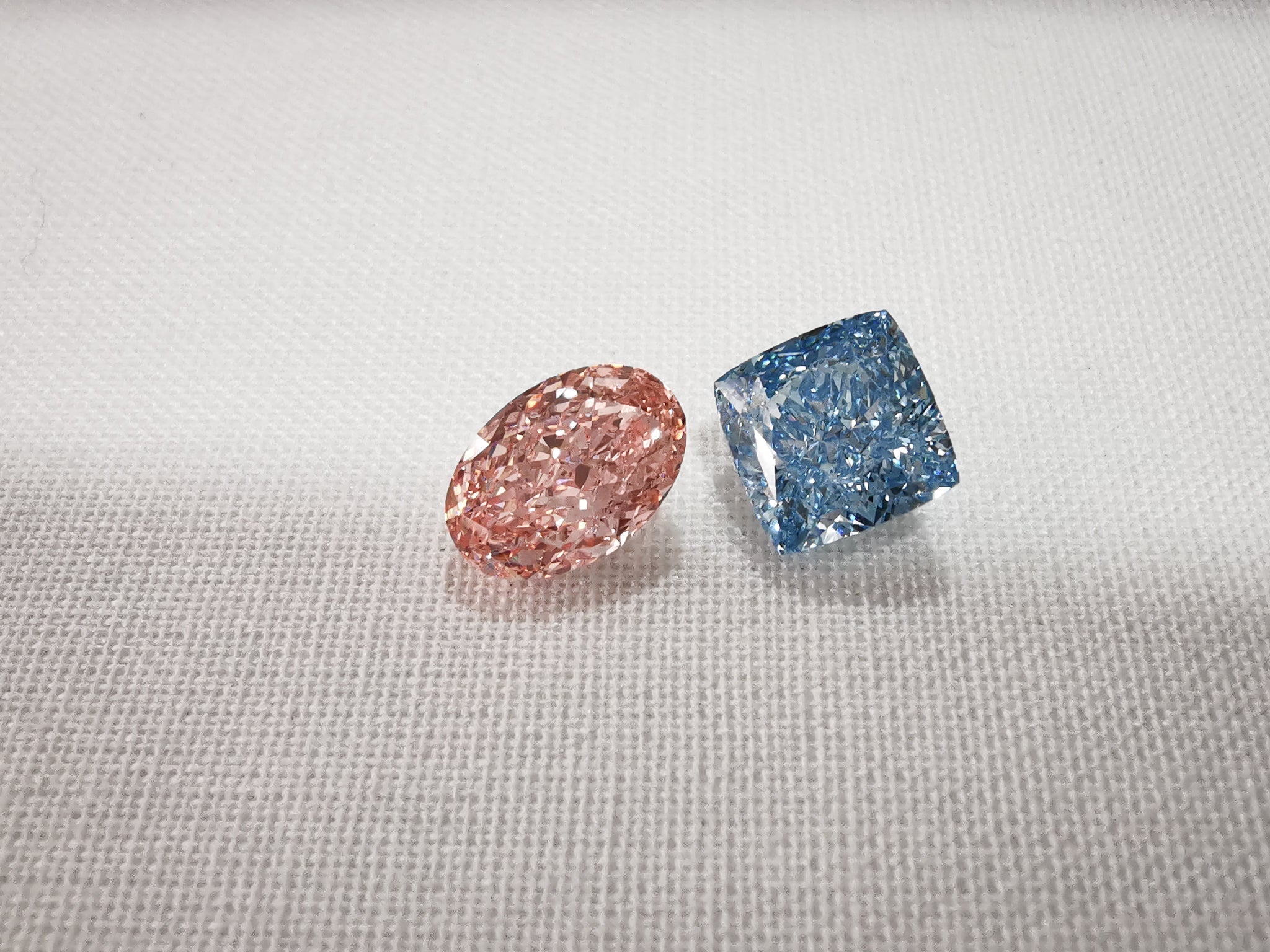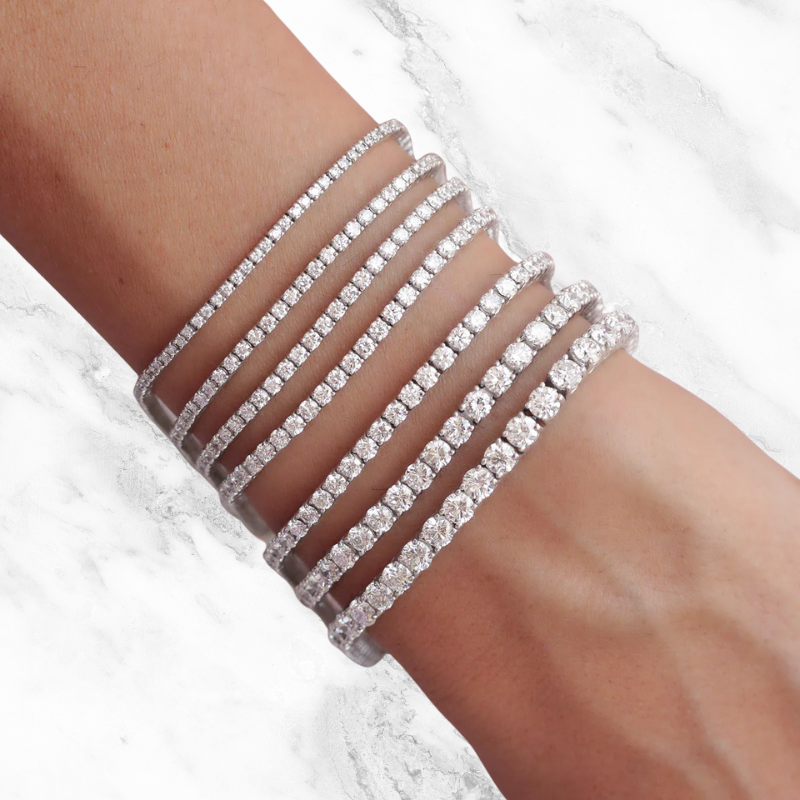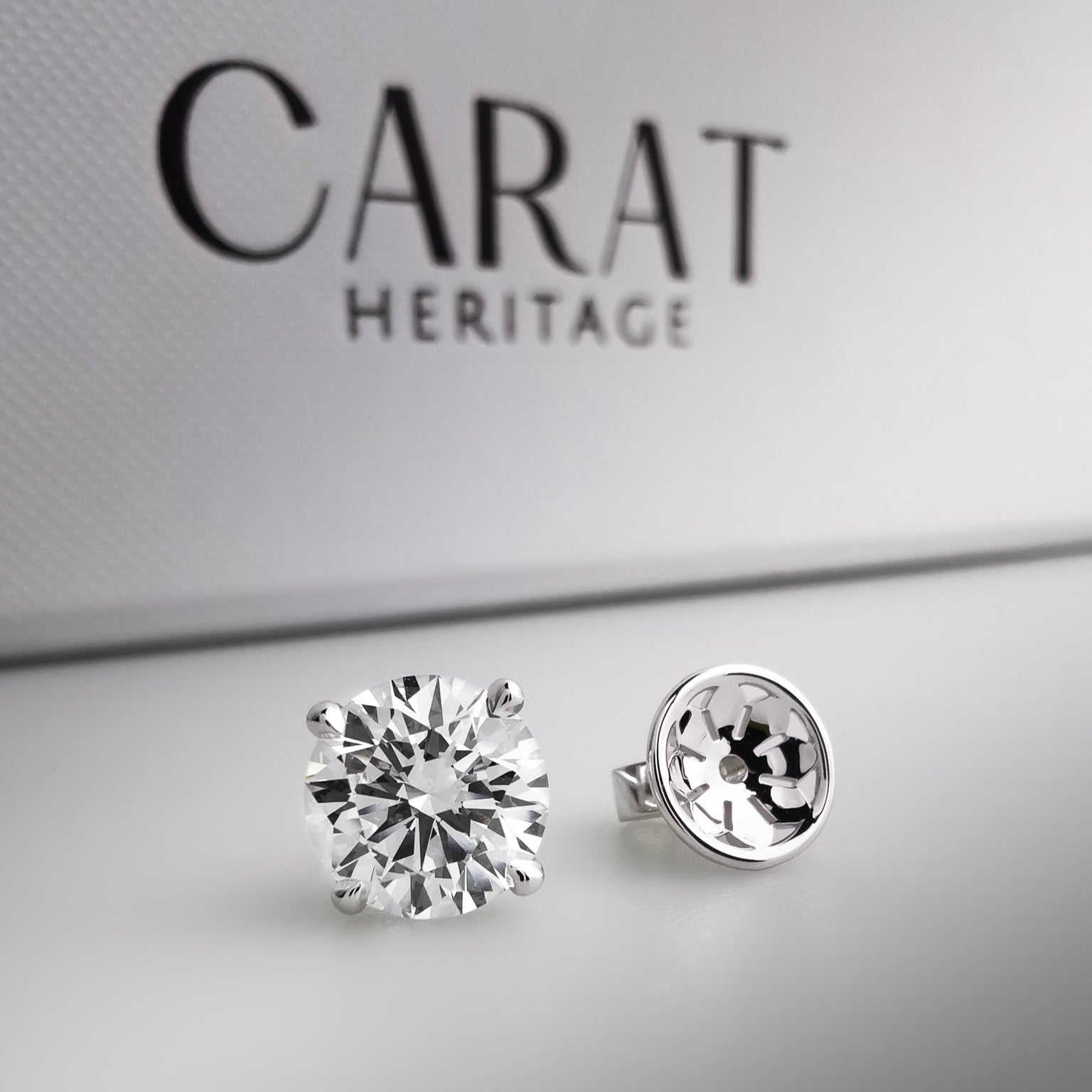From Blush to Bold: A Guide to Colored Lab Diamonds

When people imagine diamonds, they often think of a perfectly clear, sparkling stone. But there’s an entire rainbow of possibility beyond white diamonds—soft champagne yellows, romantic blush pinks, oceanic blues, and even rich greens. These are known as fancy colored diamonds, and thanks to advances in technology, you don’t need a royal budget to own one.
Today, colored lab-grown diamonds are transforming the jewelry industry, offering vibrant beauty, ethical sourcing, and remarkable affordability.

What Are Colored Lab-Grown Diamonds?
A diamond’s color comes from unique structural variations or trace elements present during its formation:
- Nitrogen → yellow tones
- Boron → blue hues
- Structural irregularities → pink or red
In nature, these rare conditions make fancy colored diamonds scarce and expensive. In a lab, gemologists replicate them under controlled conditions, producing stunning colors at a fraction of the price.
And yes—they’re real diamonds with the same physical, chemical, and optical properties as mined stones.

Why Choose Colored Lab-Grown Diamonds?
1. Affordability Without Compromise
Natural fancy colored diamonds can cost tens or even hundreds of thousands of dollars. Lab-grown versions offer the same color and sparkle for far less, allowing you to choose larger or more vibrant stones without overspending.
2. Sustainable Luxury
Lab-grown diamonds require far fewer environmental resources than traditional diamond mining, making them a top choice for eco-conscious buyers.
3. Ethical Peace of Mind
All lab-grown diamonds are conflict-free, with fully traceable origins—giving you the sparkle without the ethical concerns.
4. An Infinite Color Palette
From pastel pink engagement rings to teal anniversary pendants, lab-grown technology allows for nearly limitless color options.

Popular Colors in Lab-Grown Diamonds
- Pink Lab-Grown Diamonds – Romantic and feminine.
- Blue Lab-Grown Diamonds – Bold and serene.
- Yellow Lab-Grown Diamonds – Bright and sunny.
- Green Lab-Grown Diamonds – Rare and earthy.
- Champagne & Cognac Lab-Grown Diamonds – Warm and vintage-inspired.
How to Choose the Right Colored Lab Diamond
- Hue – The dominant color.
- Tone – Lightness or darkness of the color.
- Saturation – Color intensity.
- Cut – Shapes and facets that enhance sparkle and depth.
Tip: Strong colors often work best with minimalist settings, while softer tones can shine in intricate designs.

The Future of Jewelry Is Colorful
The jewelry world is shifting toward individuality, sustainability, and ethical sourcing—and colored lab-grown diamonds are leading the way. They allow buyers to express personal style, make responsible choices, and still enjoy the beauty and prestige of a real diamond.
Keen to custom make your own colored diamond jewelry? Contact us for a discussion.
FAQ – Colored Lab-Grown Diamonds
Are colored lab-grown diamonds real diamonds?
Yes. They have the same chemical composition, crystal structure, and brilliance as mined diamonds.
How are colored lab-grown diamonds made?
They’re created using HPHT or CVD methods, with specific elements or structural variations added to produce the desired color.
Do colored lab-grown diamonds fade?
No. The color is part of the diamond’s crystal structure and remains permanent over time.
Are colored lab-grown diamonds cheaper than natural colored diamonds?
Yes. They can be 50–80% less expensive than equivalent natural fancy colored diamonds.
Can you get any color in a lab-grown diamond?
Almost. Technology allows for a wide range, including pink, blue, yellow, green, champagne, and custom shades.



